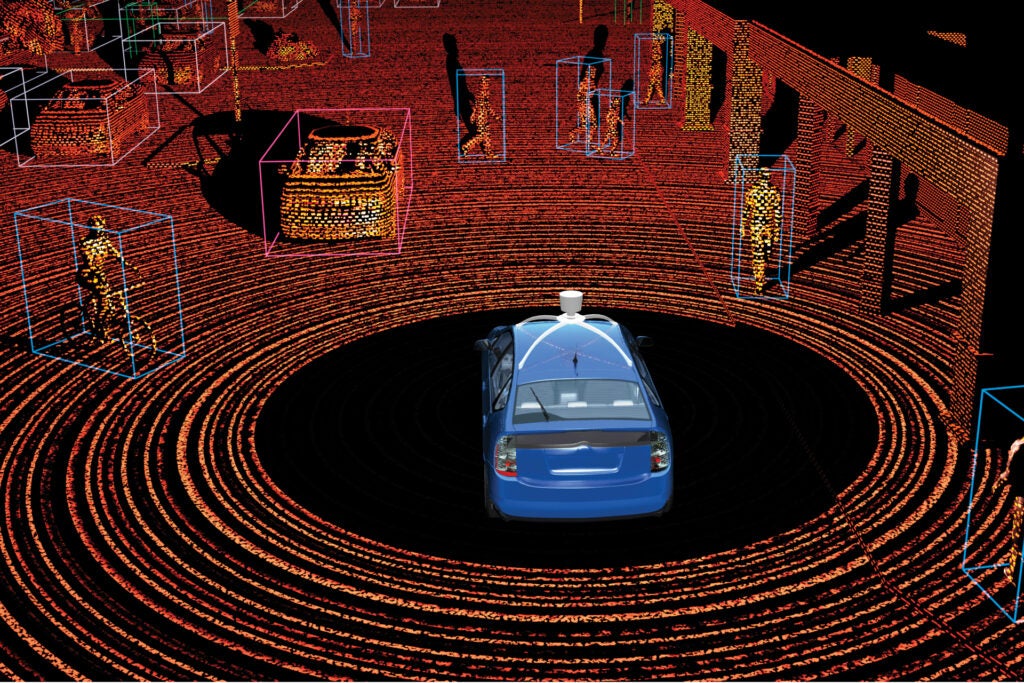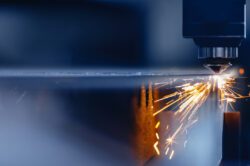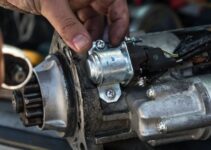Car manufacturing has come a long way, and laser marking is one of the most crucial aspects of this industry. It is an efficient process that reduces production costs and allows for greater accuracy and precision.
But what does the future hold for laser marking in car manufacturing? This article explores how new technologies are pushing the boundaries of what can be achieved with laser marking technology, and how it can help to further advance car production processes.
From faster turnaround times to more complex mark designs, find out why laser marking remains a pivotal part of modern auto-manufacturing.
Laser Marking in Car Manufacturing
Laser marking technology has become an integral part of the car manufacturing process due to its accuracy, speed, and flexibility. It offers a great solution for creating permanent marks on metal or plastic parts that can be used for tracking during production, as well as personalized branding options and intricate designs engraved onto each component.
With the continued advances in laser marking technology, manufacturers are now able to produce more complex parts with higher precision than ever before – resulting in improved efficiency across all stages of production. As this technology continues to develop, likely, new applications will further revolutionize how cars are manufactured, allowing auto manufacturers to push boundaries and create even better products for their customers.
Benefits of Laser Marking

Source: www.sunrise-metal.com
The benefits of laser marking are numerous, and they go far beyond just speed and accuracy. Laser marking is extremely durable which makes it ideal for applications that require long-term identification or traceability.
It is also non-contact so there’s no risk of damaging the part being marked during operation; this can be especially useful when dealing with sensitive materials such as electronic components. Finally, manufacturers can customize marks to meet specific customer requirements – whether it’s a unique logo, a serial number, or simply a customized design – easily and quickly without having to resort to manual methods such as stamping or engraving.
All in all, laser marking provides car makers with an efficient way of producing high-quality parts while at the same time reducing production costs significantly compared with other labeling techniques.
Challenges of Implementing Laser Marking Technology

Source: cmslaser.com
The implementation of laser marking technology in car manufacturing is a complex process that can present various challenges. Companies must consider the proper training of staff, safety protocols, and regulatory requirements.
In addition to these factors, the cost of purchasing and maintaining new equipment must also be taken into account. To ensure the successful integration of laser marking technology into production processes, companies need to carefully plan for potential obstacles such as hardware malfunctions or software incompatibility between systems.
Furthermore, it’s important to remain aware of any updates or changes in industry standards that could affect operations. By taking these precautions ahead of time, companies can minimize disruption caused by unforeseen issues during implementation while ensuring compliance with current regulations and guidelines.
Identifying the Next Step for Automotive Manufacturers
As the automotive industry continues to grow, car manufacturers are looking for ways to improve their production processes. Laser marking is a technology that has been used in many industries, and is now being utilized by the automotive sector as well.
But what’s next? Identifying the next step in laser marking for car manufacturing requires an understanding of current trends and technological advancements from around the world. Automotive manufacturers must evaluate how they can best leverage new techniques to achieve greater efficiency while maintaining safety standards, durability, and cost-effectiveness.
Companies should also consider emerging markets where laser marking could help them gain a competitive edge over other brands. By researching these possibilities, companies can tap into potential opportunities that will take them one step closer to achieving their goals of increased productivity and improved customer satisfaction.

Source: www.popsci.com
Conclusion
The use of laser marking in car manufacturing has revolutionized the industry, allowing manufacturers to produce cars more quickly and efficiently than ever before. The introduction of laser marking machines has enabled manufacturers to make precise markings on parts faster and with increased accuracy. As technology evolves, laser marking machine technologies will likely become even more advanced and efficient in the future.
This could lead to further improvements in efficiency for car manufacturers, as well as greater cost savings overall. Ultimately, laser marking machines are a key component of the future of car manufacturing and their continued development can only serve to benefit the industry at large.



